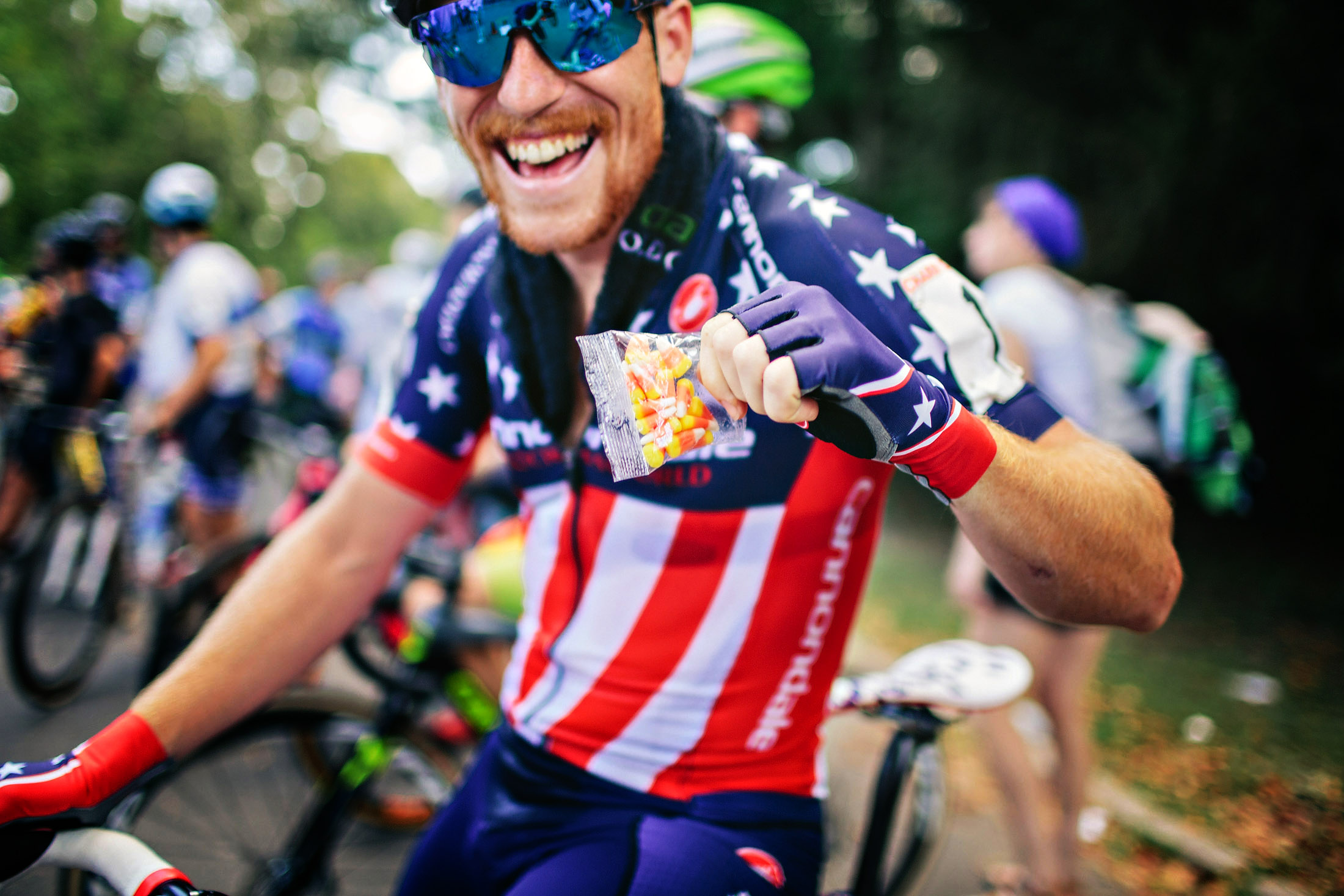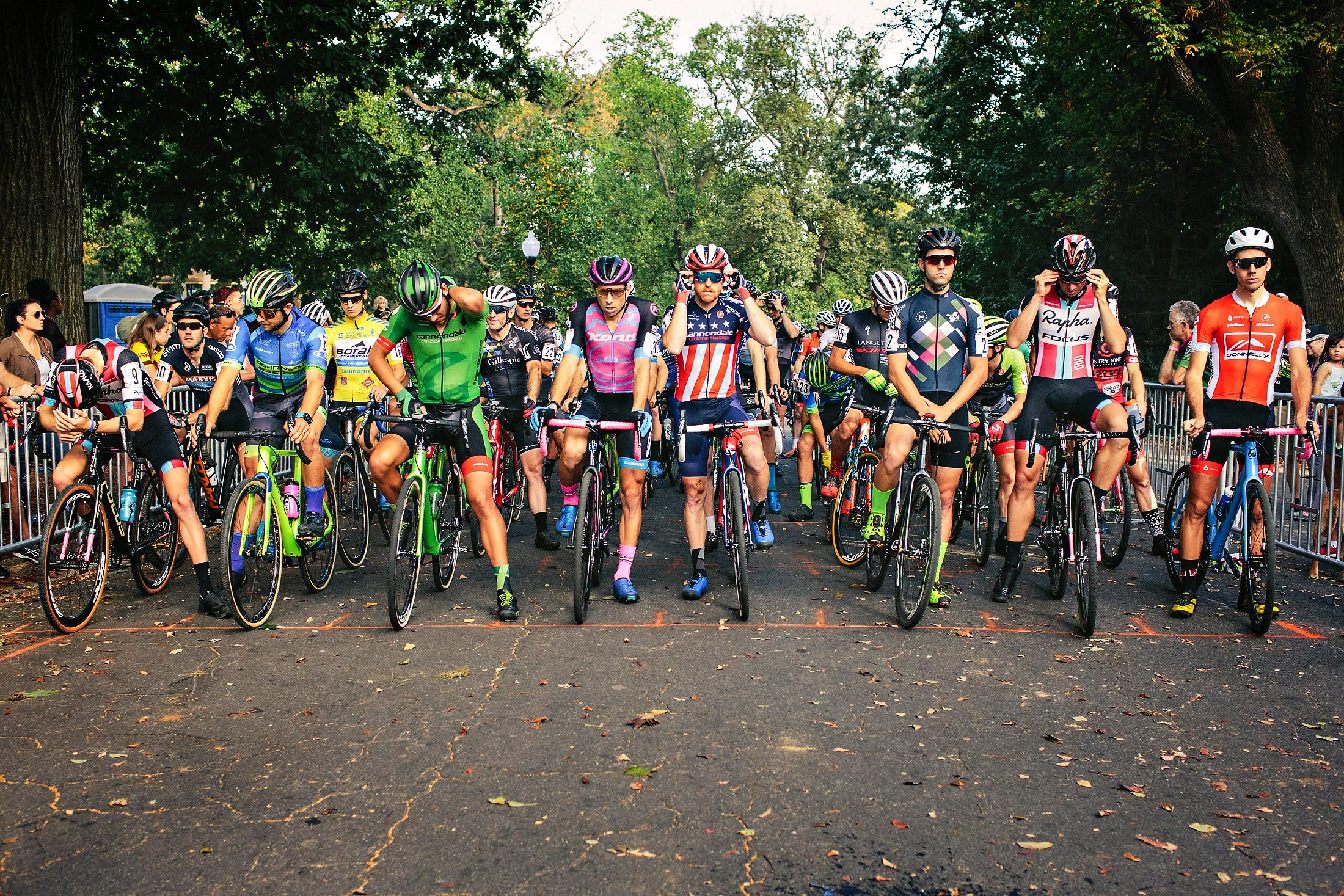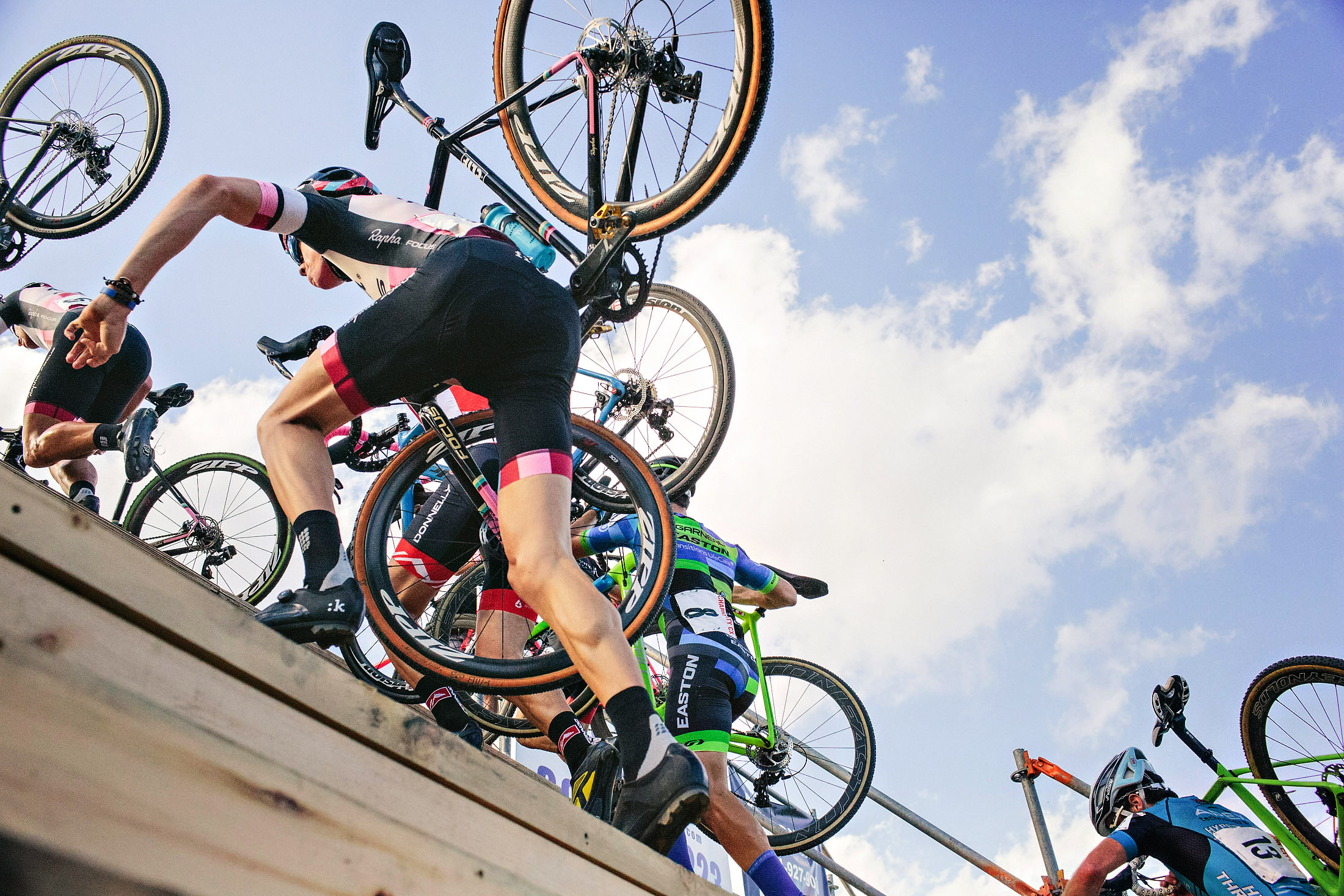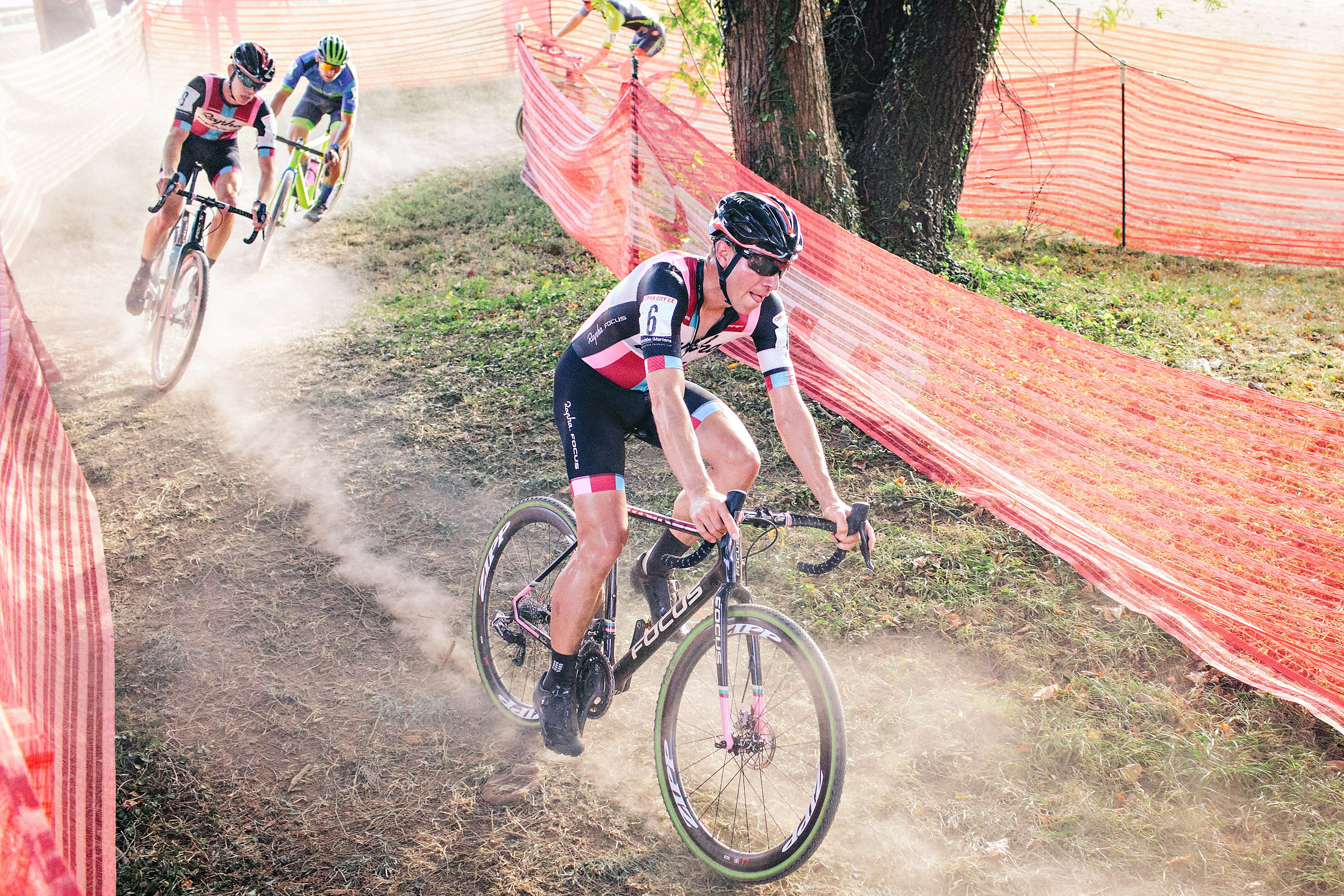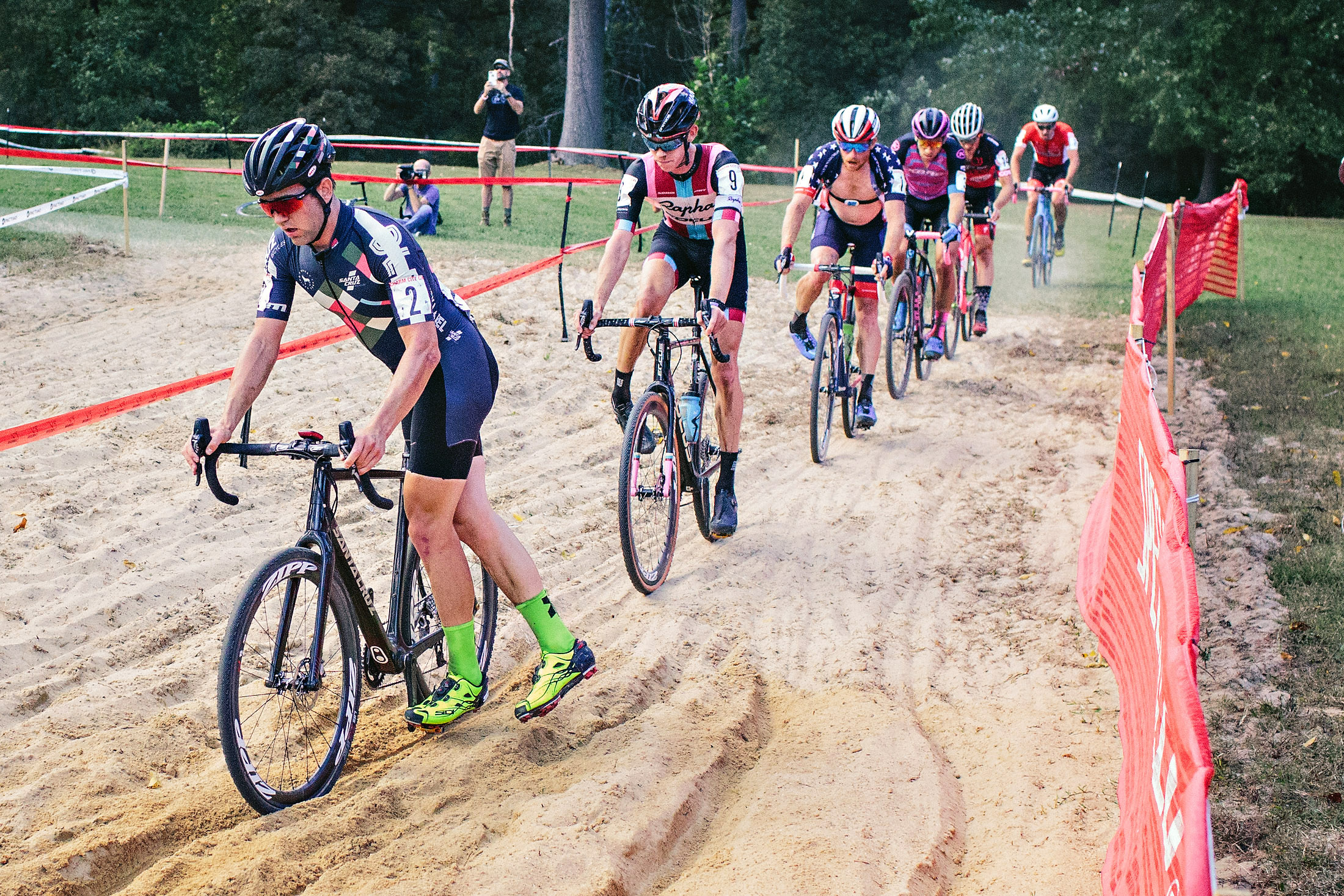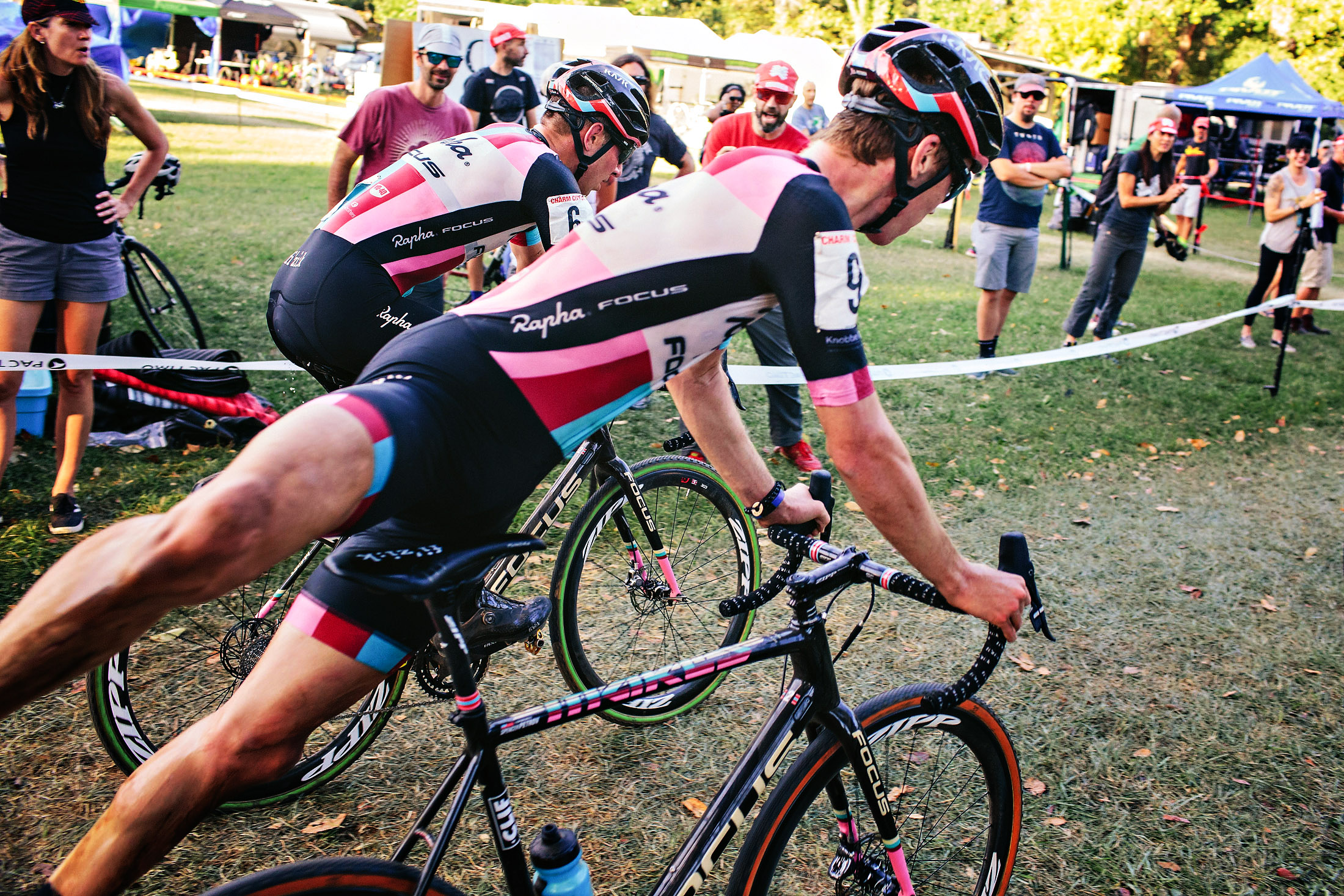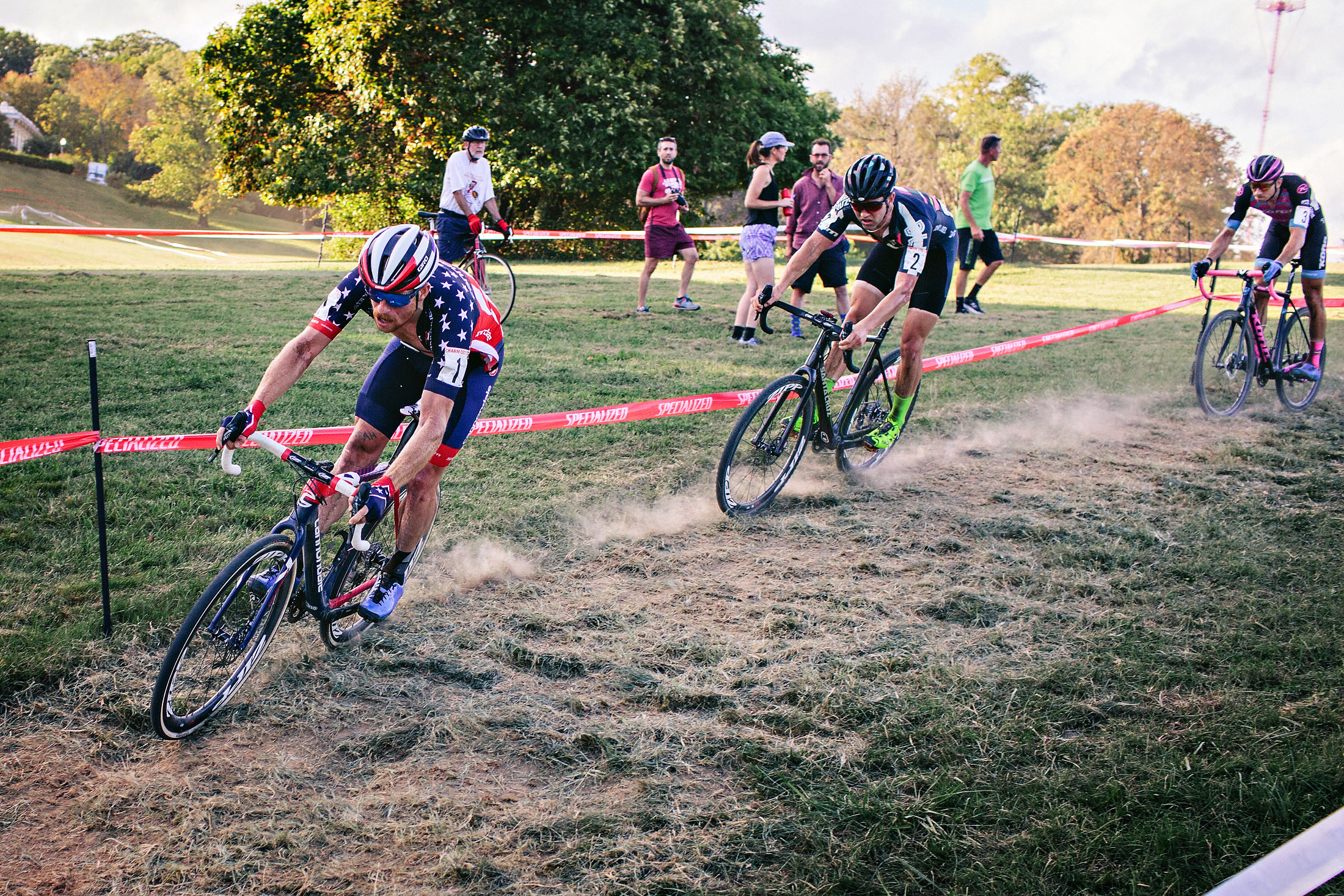Words and photos by Erik Annis
The Charm City Cyclocross race has a special meaning to me. The race’s promoter, Kris Auer, and the course designer, Jay Lazar, were also my daughter’s coaches when she raced ’cross as a junior for the C3-Twenty20 Cycling team. As part of this team association, I have been able to work as one of the event photographers at Charm City Cross since 2013. During that time I have seen a lot of growth in the race itself, as well as in the elite athletes who made the trip each year. The race has always been epic, but the course’s design refinements have increased in proportion to how the race has grown in stature; from becoming a UCI C2 in 2015, to a C1 in 2016, and now being part of this year’s new US Cup-CX Series.
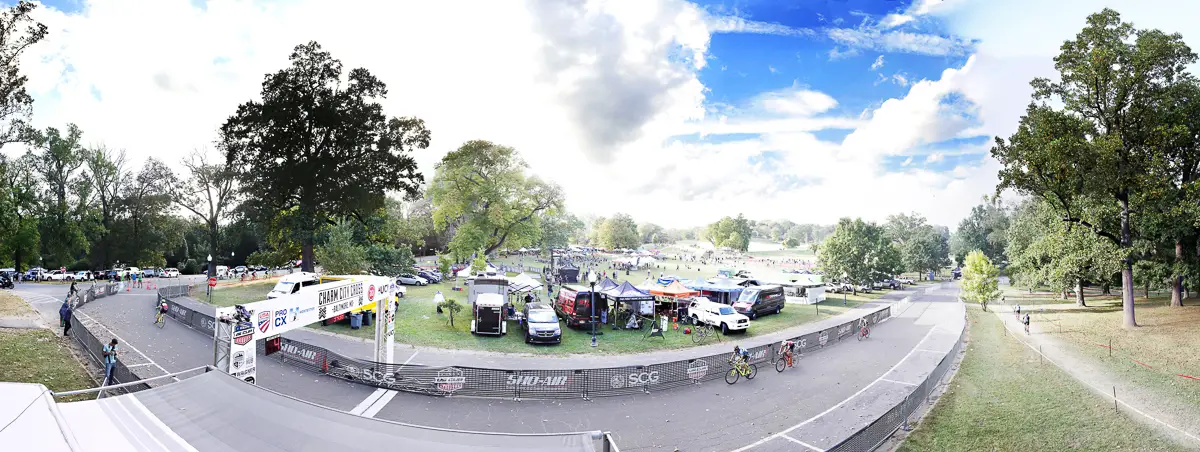
I admit that I am not an expert on race theory or analysis. I am, however, a cyclocross fan, even though I don’t compete myself. I love watching races online, checking for the next blog posts, and subscribing to most of the cyclocross podcasts. Having the best athletes in the sport come to race Charm City Cross, especially these last few years, is pretty incredible. I love being able to witness the next generation athletes compete in my home town of Baltimore over the years, even as they climb the UCI ranks.
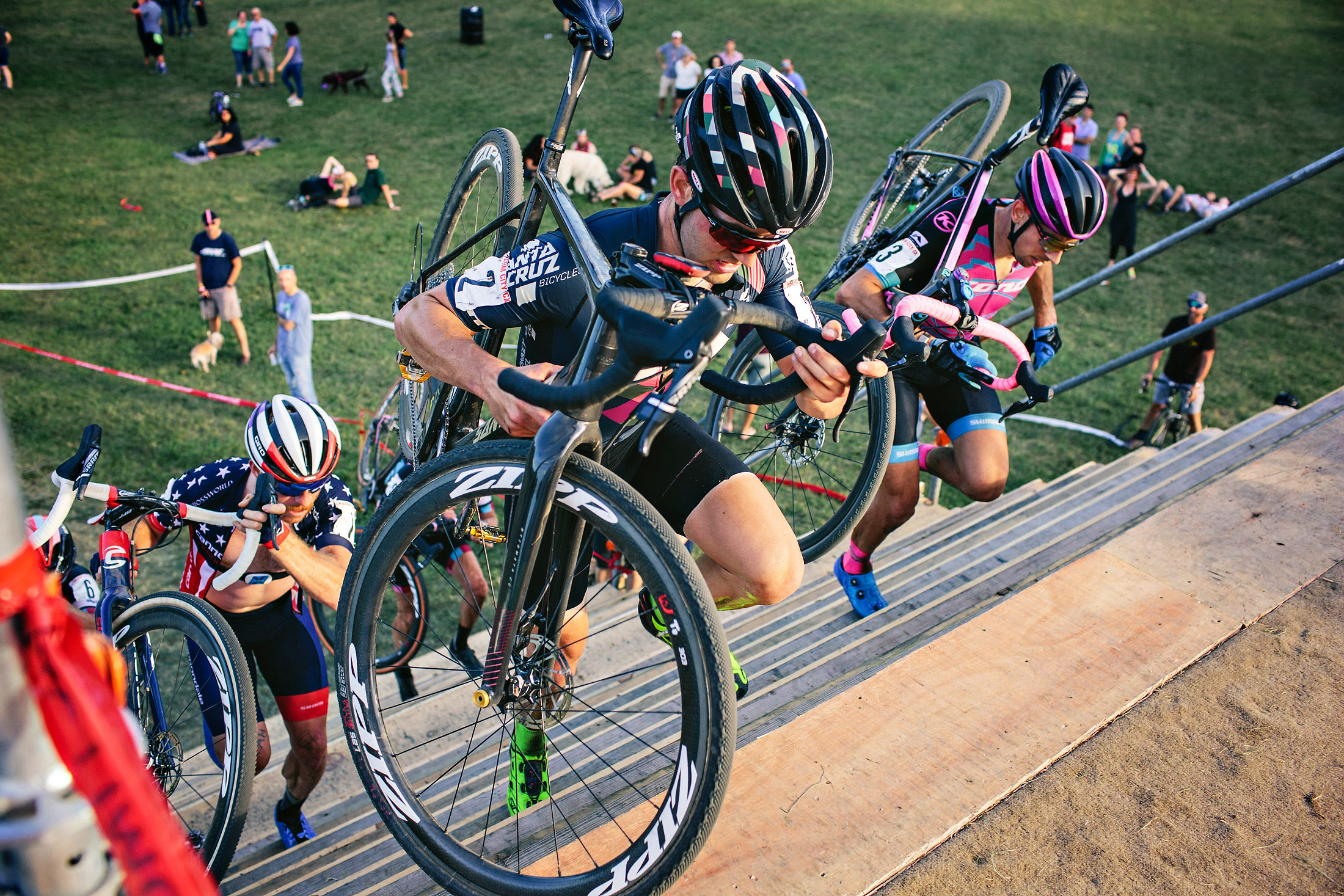
This year was, in my opinion, the best yet for Charm City Cross. Not just because of the Euro-size flyover, which was incredible, but because of the small refinements to the race itself. Kris Auer and Jay Lazar put on the very best event that is humanly possible using the resources at their disposal, most importantly, a small army of volunteers. Kris and Jay have cultivated a cyclocross ‘Band of Brothers/ Sisters’ in Baltimore, that provide a community for like-minded athletes.
In my opinion, the reason that these volunteers give so much time to help with the race is because of what they have received in return. Kris and Jay have sponsored free cyclocross clinics, for many years, on Wednesdays at Wyman Park, near the Twenty20 bike shop. This public park is where the C3-Twenty20 team creates an off-road training loop for ’cross practice, which is also open to cyclists from all teams. I think that most of the local cyclocross athletes, from many different teams, would agree that they can trace their introduction to the sport back to these Wednesday night clinics. Other large Baltimore teams, such as Team BBC p/b Baltimore Bicycle Works, have replicated this model and now offer similar “cross-curious” clinics of their own. From experience, having accompanied my daughter on Wednesdays, I witnessed how Kris and Jay taught cyclocross skills to both novice and experienced cyclists with academic fervor. Focusing on the most basic skills such as dismounting and remounting, to finding the balance point on the top tube for a suitcase carry or the down tube for shouldering the bike. Barriers, run-ups, hairpin turns and off-cambers were incorporated into the weekly drills. I recently watched a video of Sven Nys giving a similar clinic last year in Waterloo, and it was virtually identical to the skills clinics that were taught and practiced during these weekly sessions.
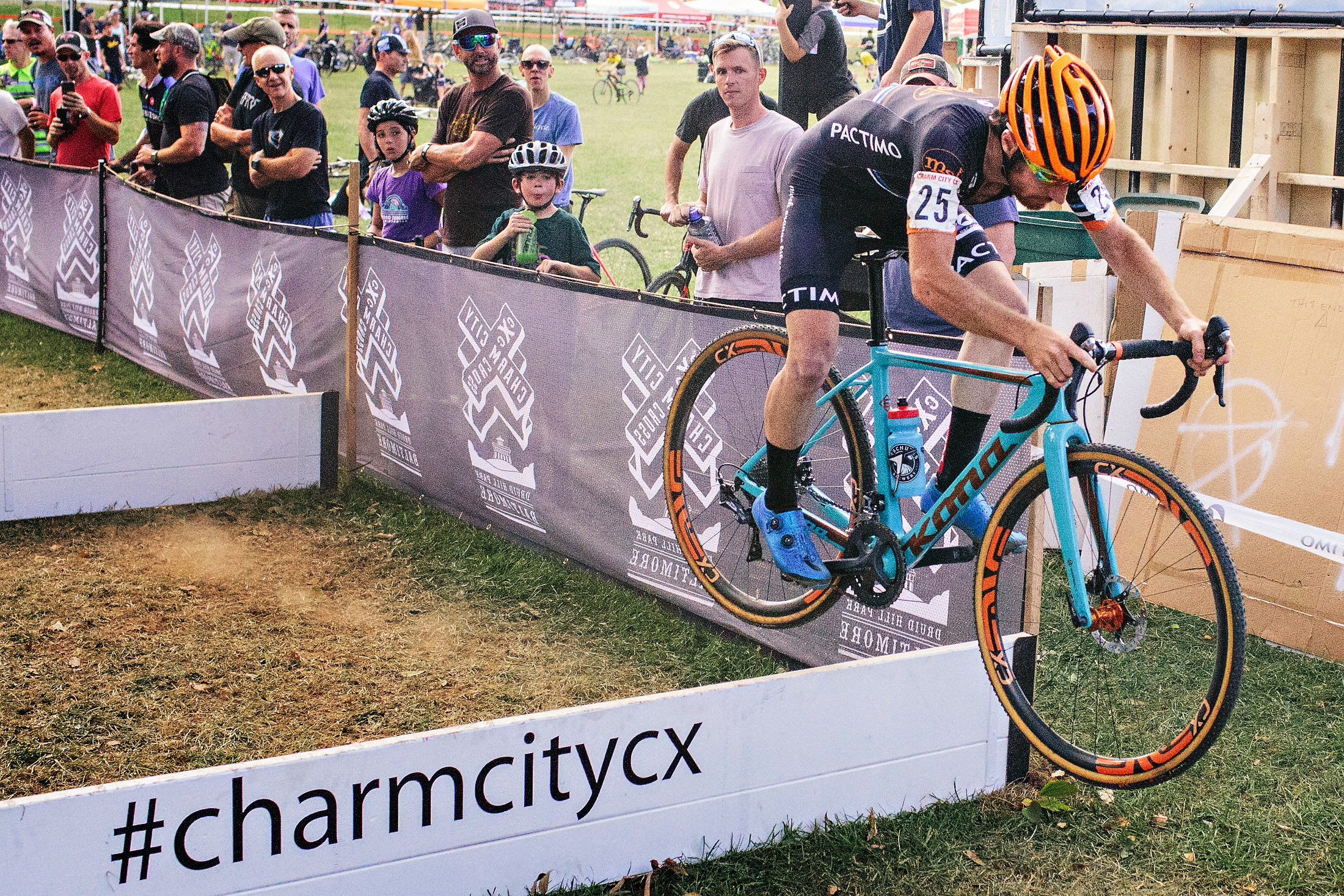
I have never asked Jay or Kris to explain their reasoning behind how the Charm City Cross course is designed and implemented; I have just enjoyed documenting it over the years through photos. But it seems that they wanted to have a course that showcases all of the classic cyclocross skills that they spent so many Wednesday nights teaching. That if possible, the athlete’s mastery of these classic skills could play a role in the outcome of the race. I also think that the varied nature of the course helps to break up the efforts in a way that doesn’t just favor the athletes with the most power. One of the reasons that I feel that this was the best year yet for Charm City has to do with how close the races were for the podium spots. We didn’t see one athlete build a large gap early in the race, but rather had a competitive, exciting race from beginning to end. I attribute this to the skill of the course designers, as well as the volunteer athletes who offer their suggestions as the final course is being staked out. Collaboratively, they make small refinements to improve the course year after year; it is an art form. I hope that the race continues to grow—maybe the next step would be that Charm City Cross will eventually become a World Cup race, or that US Nationals would be held here.

When I photograph a cyclocross race, I want to be able to communicate the overall feel of the event in addition to the race itself. Getting behind-the-scenes images is important, whether it is documenting the pit-row van encampments during warm-ups or photographing the mechanics as they preps bikes for their athletes. I especially love to take photos of the racers as call-ups are happening, and on the starting grid before each race. There is something about the sense of expectation that can bring out good emotion for close-up portraits.
During the race, I try to cover all of the aspects of the course, which in the case of Charm City is always an enjoyable challenge due to the wide variety features throughout each lap.
The Women’s Race
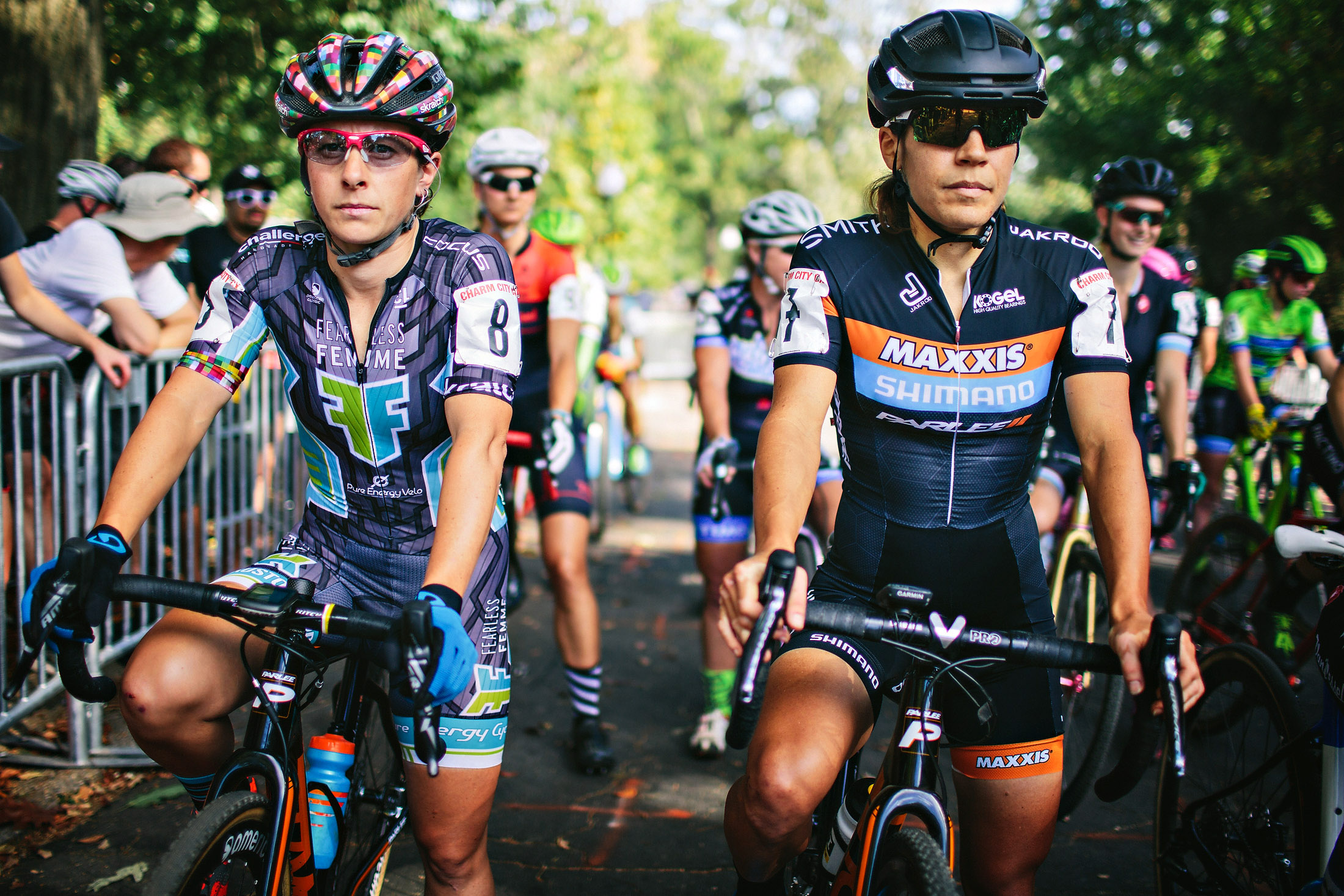
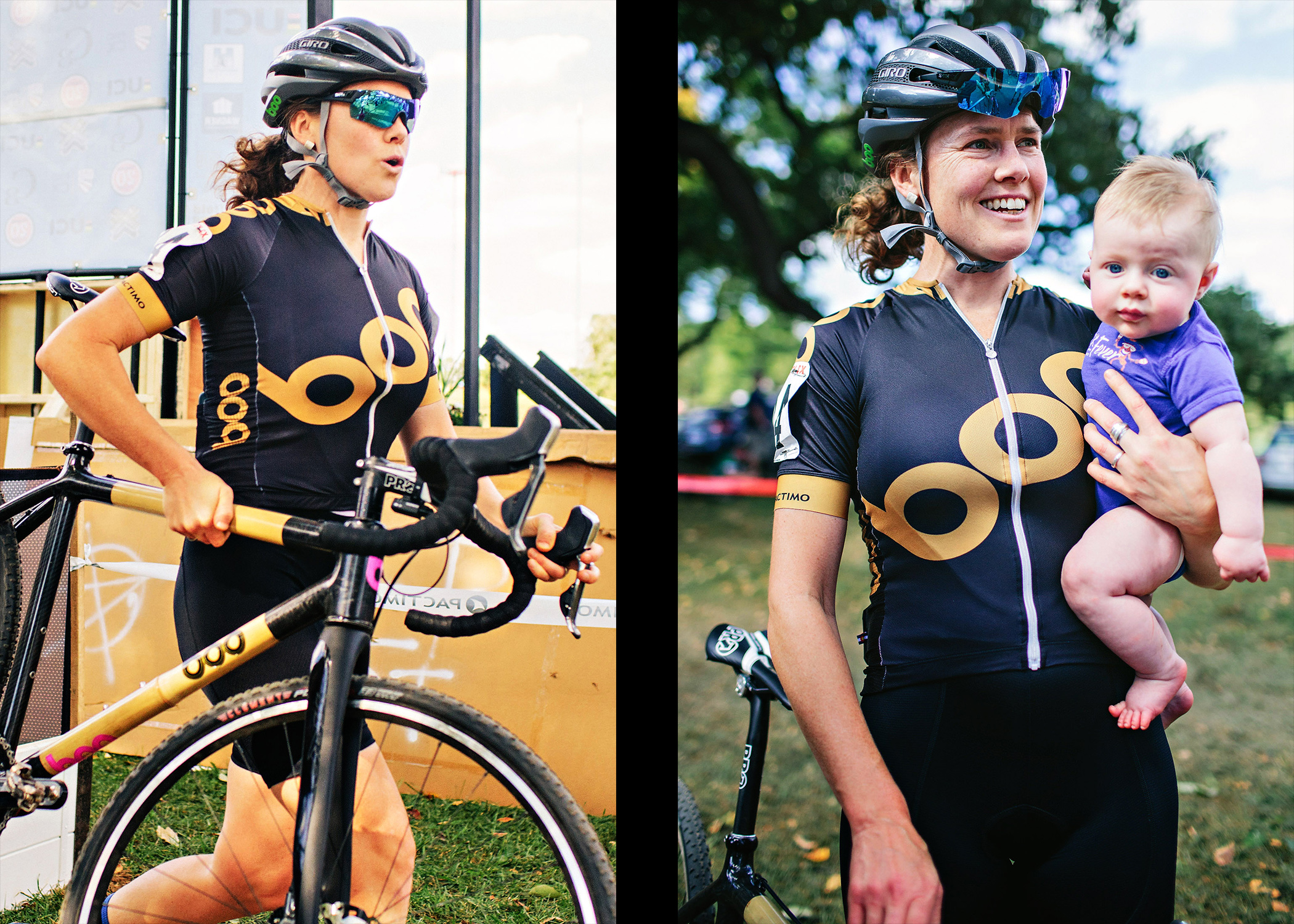
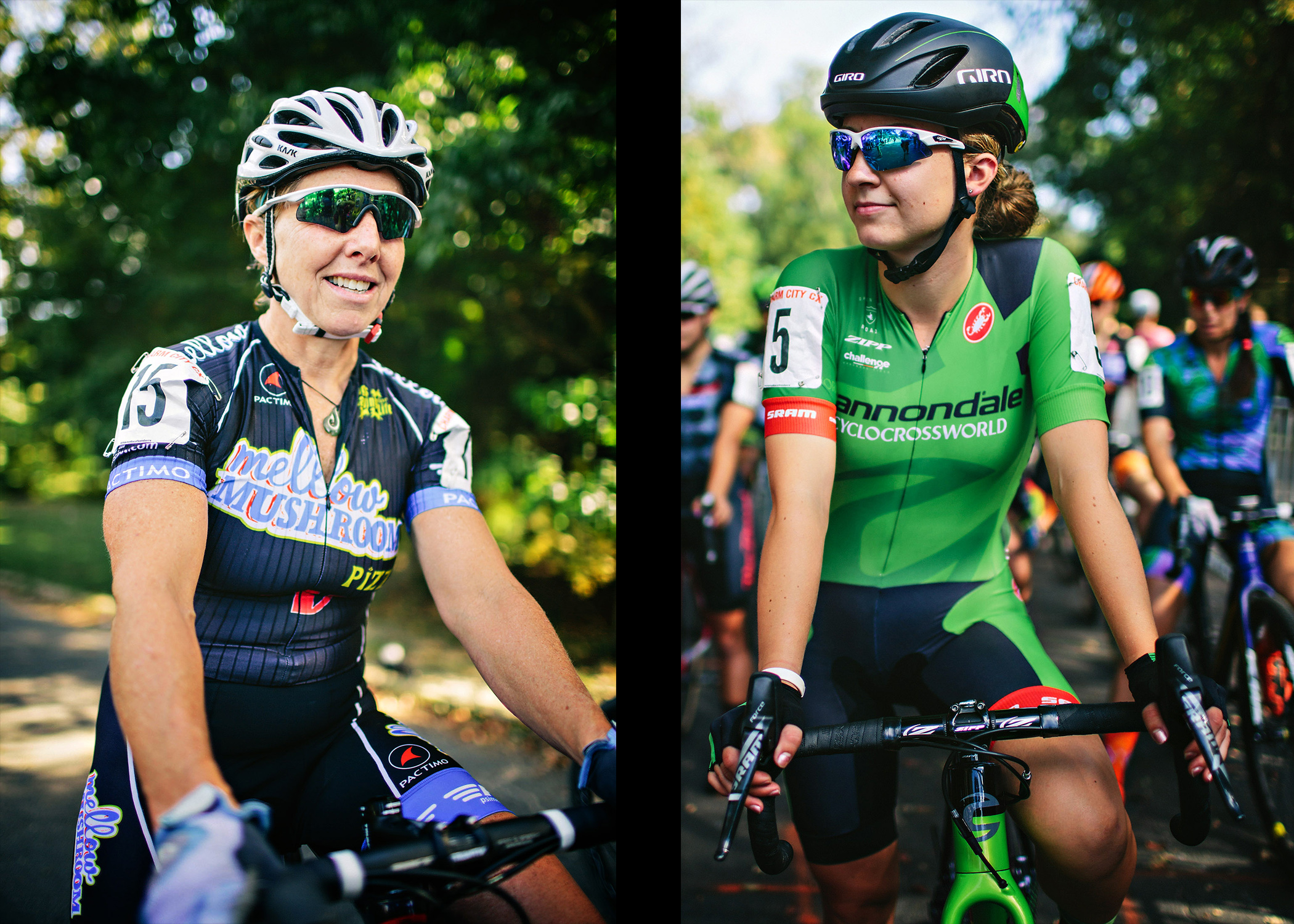
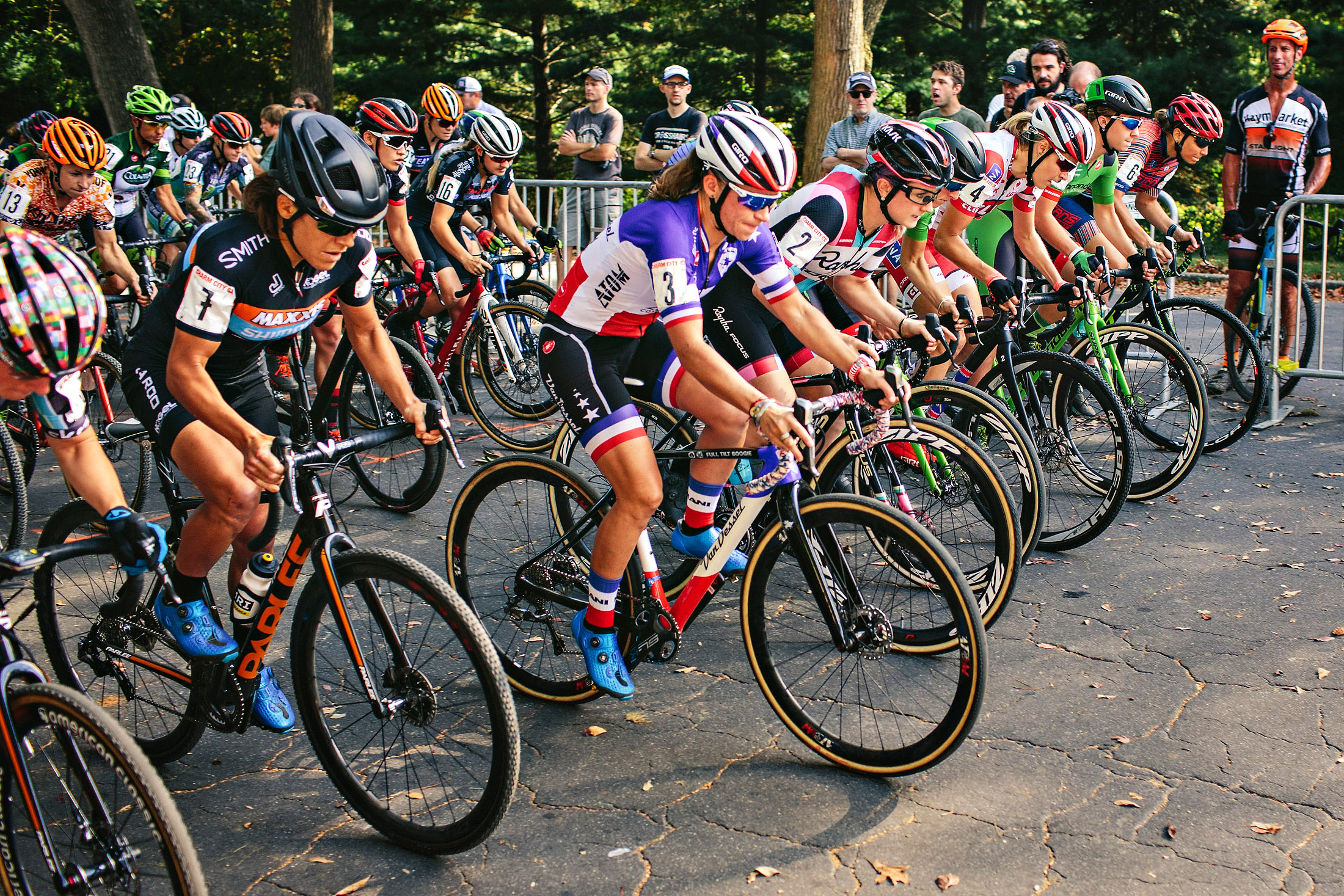
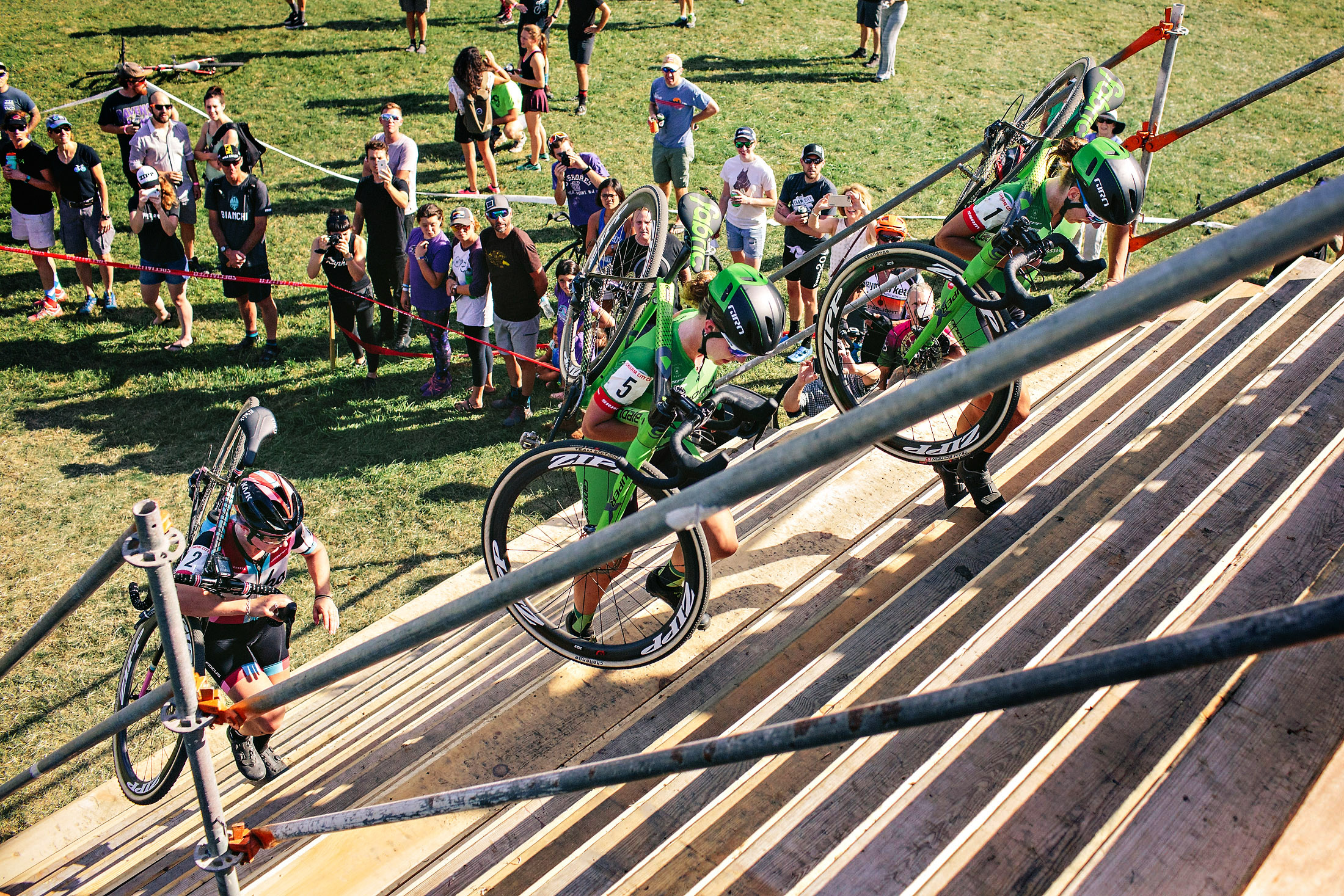
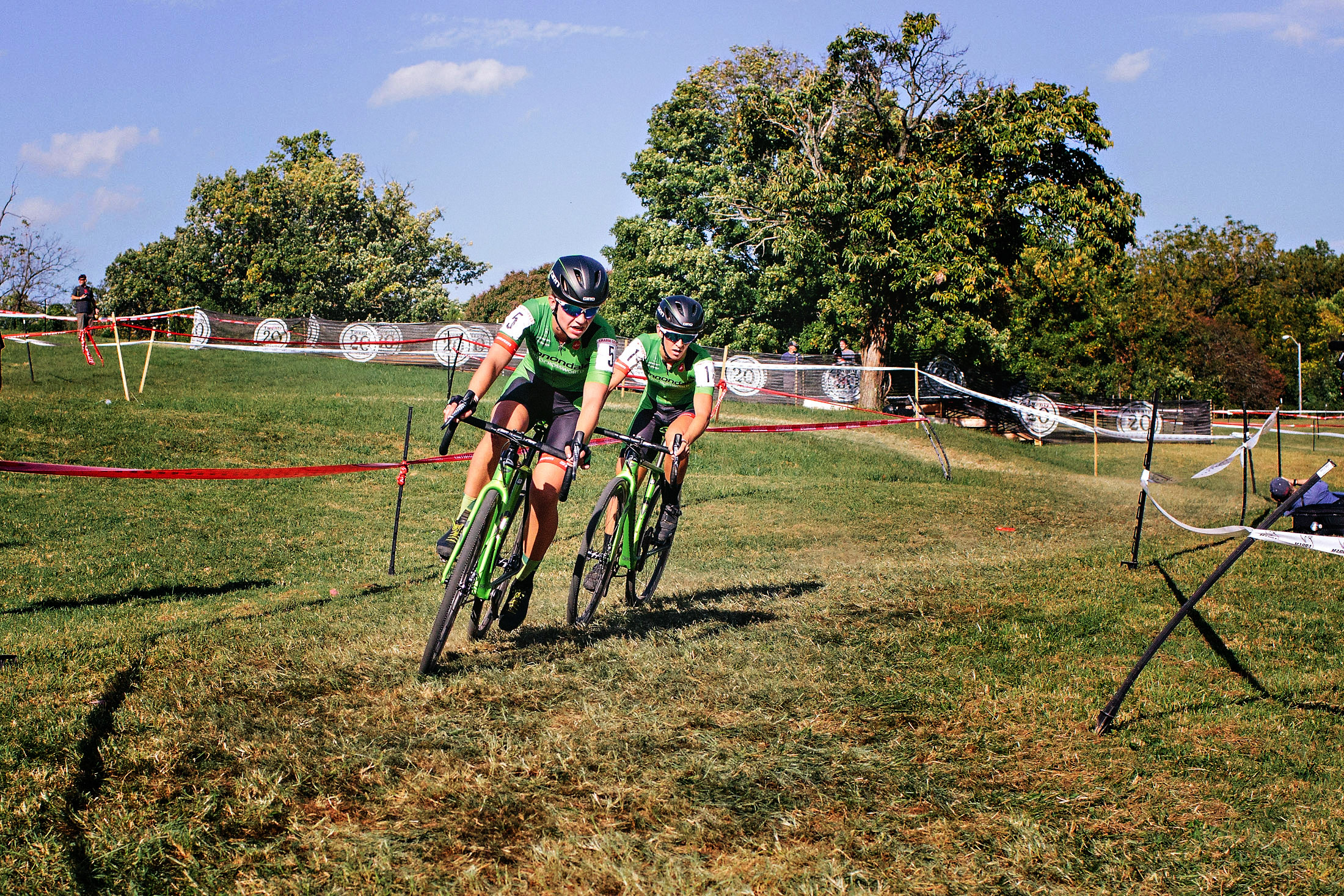


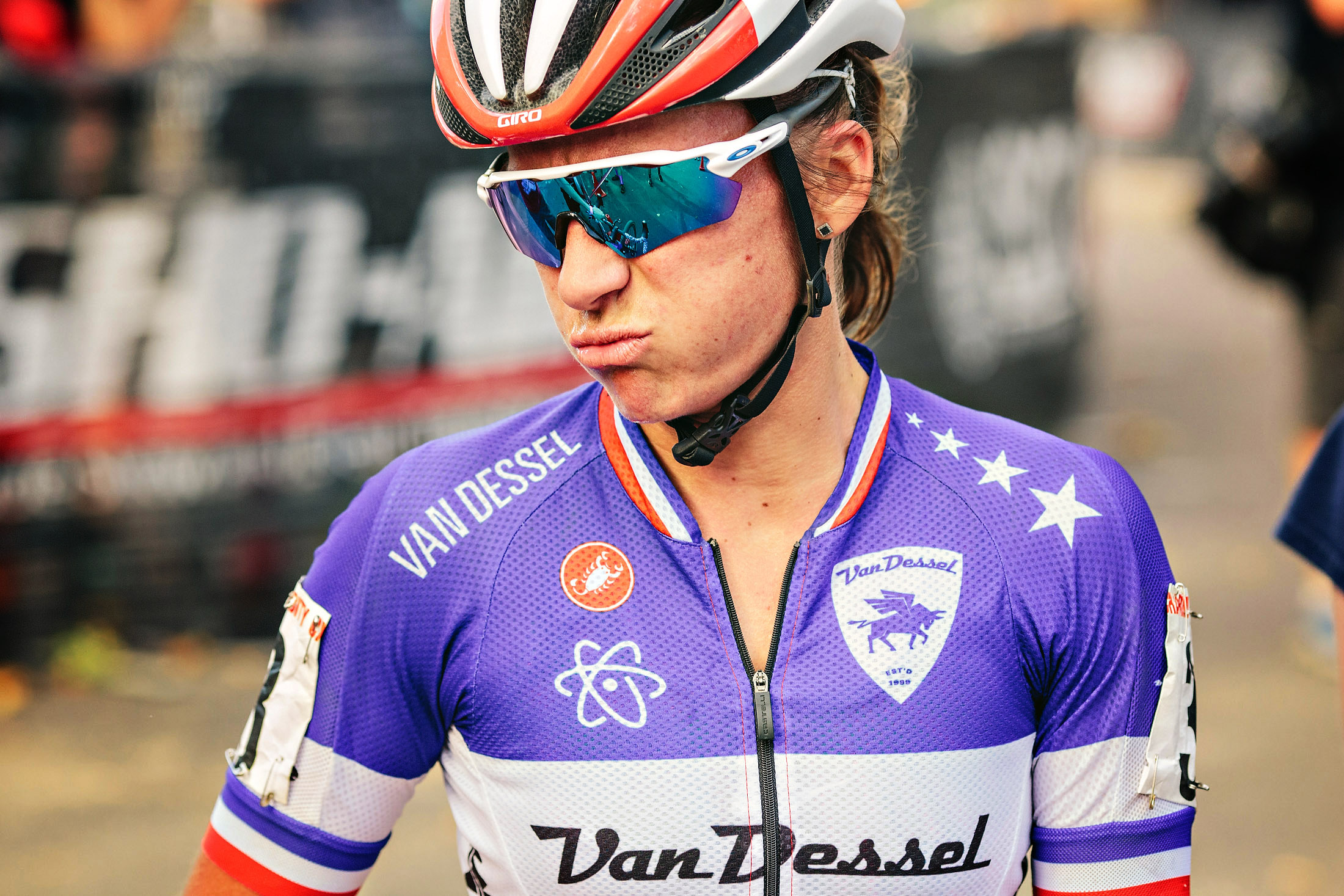
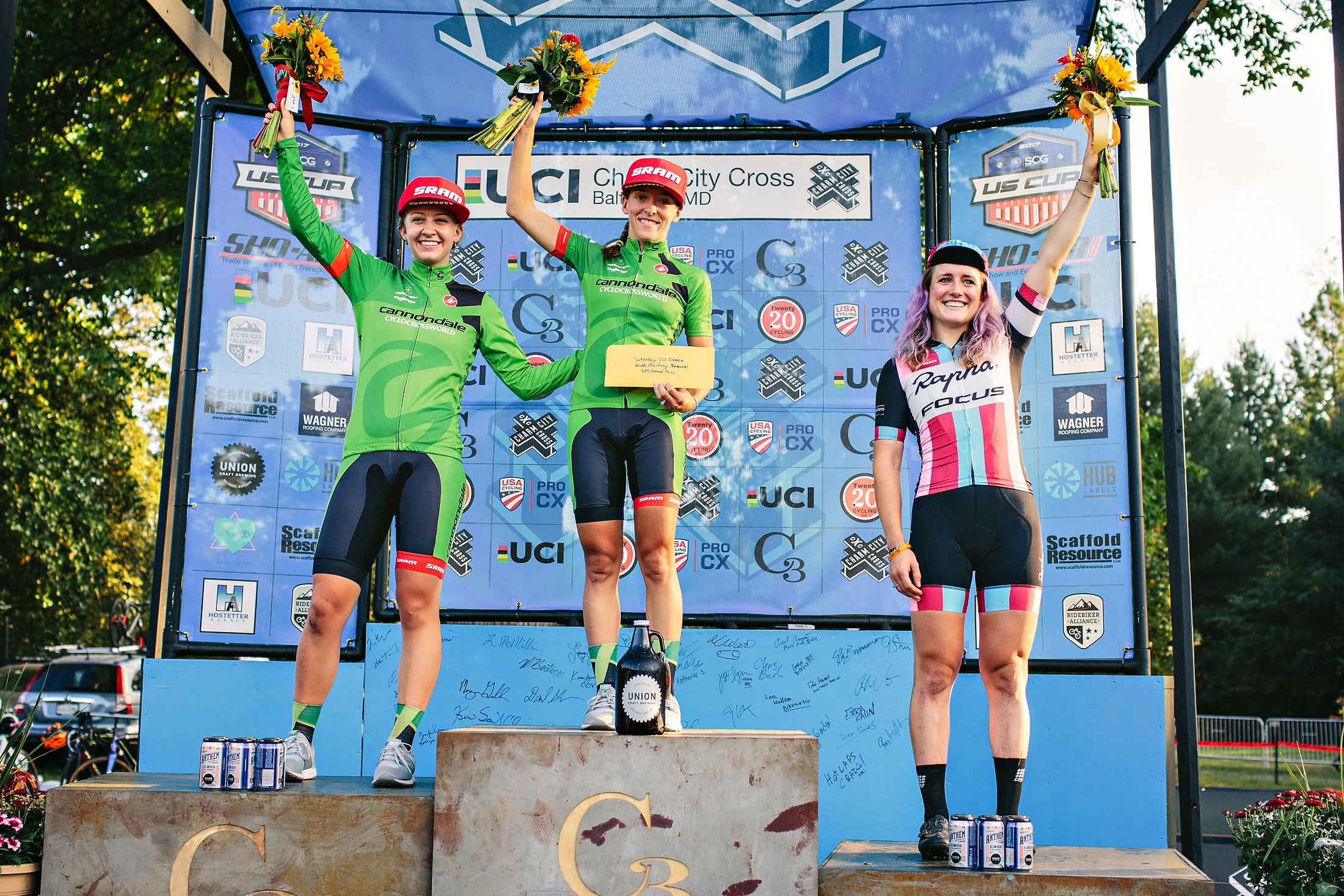
The Men’s Race
